Design. A concept that is quite often associated with something exclusive, and unapproachable for normal people. Not according to architectural designer Jason Nam, one of the founders of the organization: Design Disco. This non-profit offers a platform for young people who have yet to discover how they can incorporate design in their daily lives. Through workshops, lectures, blog posts, and field trips, high school students are stimulated to see the world through the window of design. Get ready to find out why this initiative was started as well as how to apply the pedagogy of design in your own life.
Hi Jason, could you introduce yourself and explain to us your fascination for design?
My fascination for design came about through my mixed cultural background and transnational experiences: I was born in Korea, grew up in the Czech Republic, and studied in the US and China. Because I moved from one city to another about every two years, I had to learn to adapt quickly, constantly scanning for similarities and differences wherever I went. The visual world of design was something that did not require me to master a new language or cultural behavior. You can learn so much by examining an object, for example. Both forks and chopsticks serve the function of eating utensils, yet the design is completely different. Why is that? It may be a silly question, but within that question unfolds the history of that particular culture. Those are the two things I love. I love design and I love people. Design Disco encompasses both.
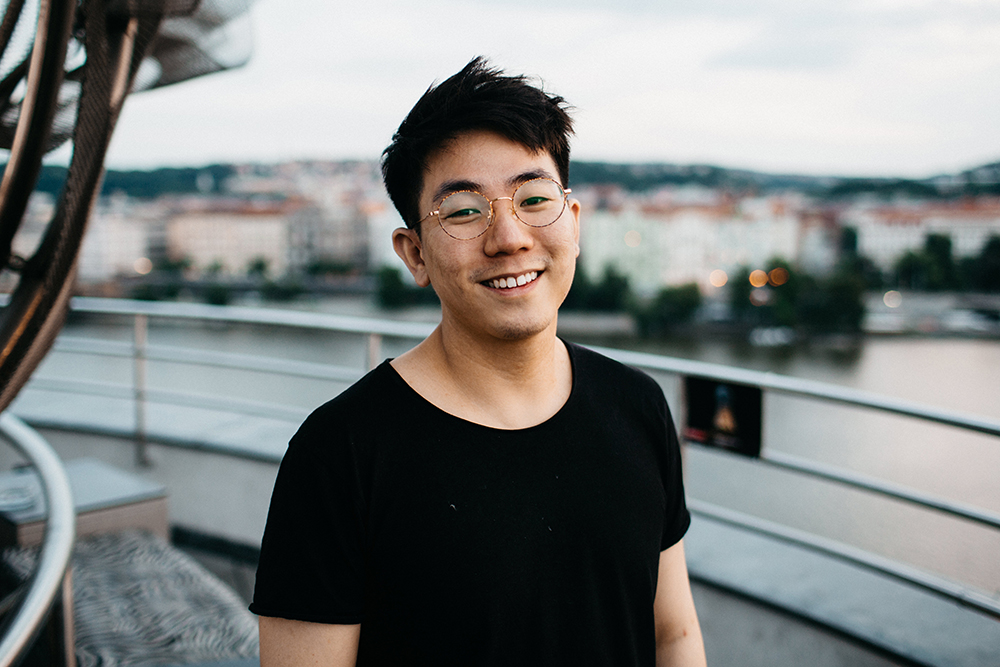
Jason Nam, photo by Design Disco
What made you and your co-founder(s) decide to initiate the non-profit Design Disco?
When I was in high school, I knew that I had to – or rather should – go to college, but I didn’t know what I wanted to study. I had a few interests here and there, but none of it was really fine-tuned. That’s when I found out about Project Link, a summer career discovery program at the Harvard Graduate School of Design. It was through this program that I was exposed to the world of architecture and design. I had known that those careers existed, but never did I think that I was capable of pursuing it. I enjoyed the program so much that I decided to apply for architecture school, and a few years later, I went back to volunteer as a Teaching Assistant. The concept of Design Disco began when I met my friend and co-founder Ben James, after I had just returned from working at Project Link. Both Ben and I had studied internationally, so we both readily agreed on there being a big difference in the design education system and approach in Europe. Not long after talking about the idea of incorporating a more experiential pedagogy to give youth more access to design education, we started our first workshop. I am here today because of a program very much like Design Disco, which helped me to discover my passion and my career path.
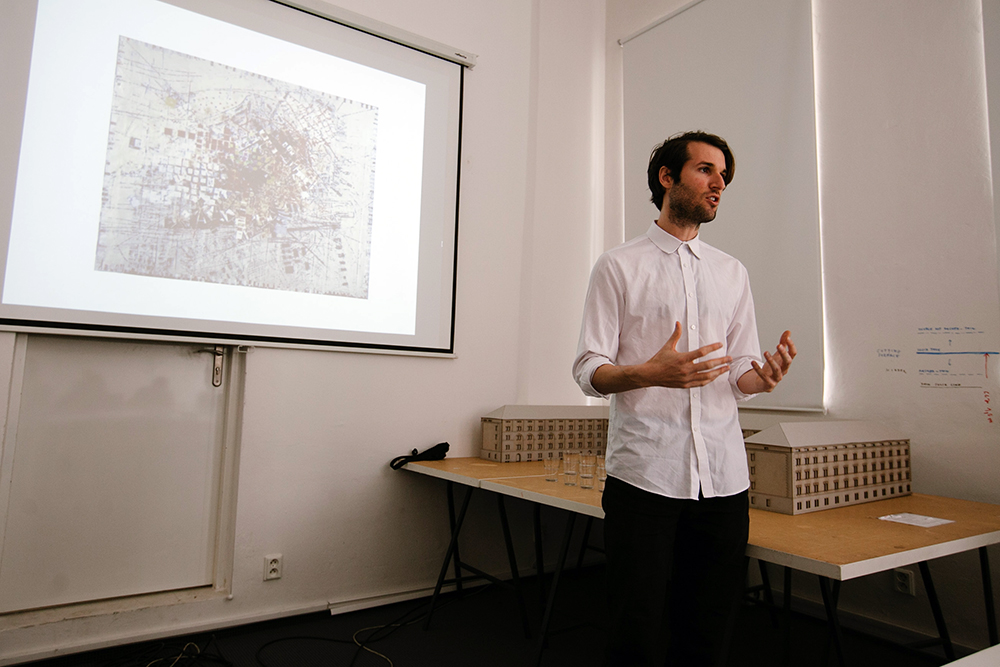
Photo by Design Disco
Could you tell us a bit more about what Design Disco does?
We get a lot of people thinking we run a disco, but the “disco” actually stands for “discovery”, and that’s what Design Disco is: a platform for people to discover design. It seeks to bridge the public with the design world, because the latter can often have an unapproachable and exclusive tone to it. To accomplish this mission, we try to pique people’s interest in various ways, through workshops, lectures, blog posts, and field trips. We cater specifically to high school students who are preparing for higher education or a career in whatever chosen field. We believe that the skills learned through design education are useful for everyone – after all, we live in a world that we help design and create.
Why is it necessary to stimulate the creativity of the young and their interest in design?
The question a designer consistently asks is, “How can I improve something?” Design isn’t just about making pretty things, but trying to push the limits of what already exists. This is the exact approach we want to use with our students as well. The creative process incorporates diverse problem solving methods including unconventional ones, communication, teamwork, and visual skills. We at Design Disco want people to see the world through the window of design. I say “through the window of design” rather than “as a designer,” because our goal isn’t to make everyone into designers. We need people to become lawyers and we need people to become programmers; however, seeing the world through the window of design means that you will apply the pedagogy of design to your life, to your profession.
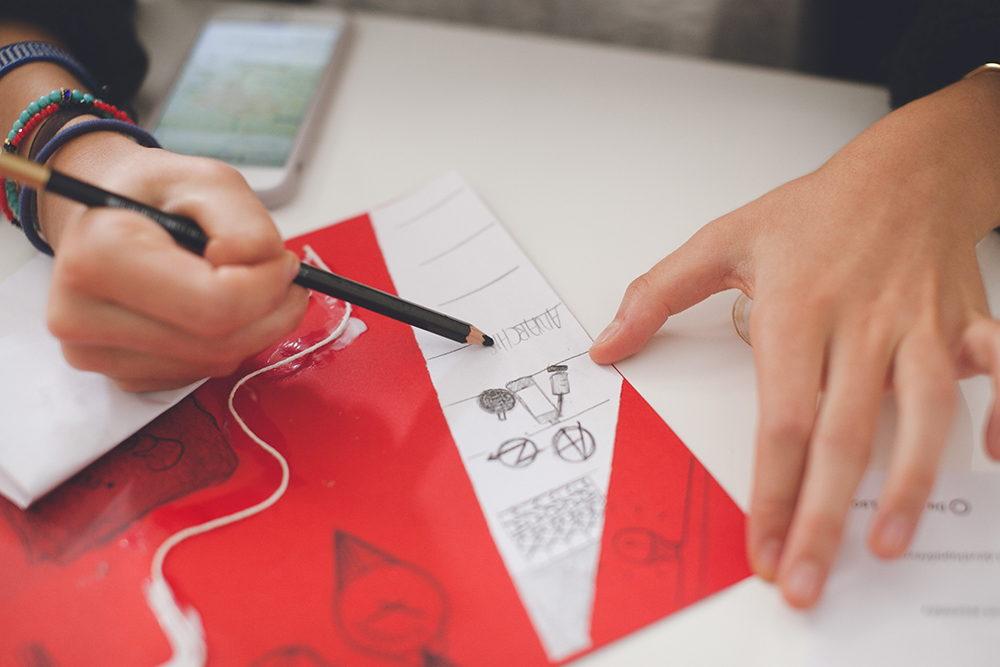
Photo by Design Disco
Why did you guys feel like running a non-profit on the side?
Design Disco started with just me and Ben visiting high schools to talk about architecture, not because we were asked to do so, but because we wanted to. And we realized that there were so many young students with hidden talents. A student who had never sketched in his life ended up blowing our minds away with his creativity. There were, in fact, so many students like him, and we didn’t want financial difficulty to get in the way of helping them discover their passion. Ben and I shared our vision with the director of our school, the Architectural Institute in Prague (ARCHIP). ARCHIP has since been generously supporting our cause by providing us with supplies to run the workshops. All of the team members are passionate volunteers who truly believe in re-thinking the approach of design education.
How much time do you generally dedicate to this initiative?
Right now, I also have a full-time job working as an architect, and Ben is on his way for Master’s degree, so it’s hard to coordinate time. The majority of the work is done independently in sub-units. We have a unit that works on graphic design, contacting schools, managing social media, planning the curriculum, and we meet once a week to present on what each team unit has been working on. But then there’s a lot of unofficial work time that goes into Design Disco as well. I’m constantly thinking about it, trying to make more connections, always on a search for potential sponsors, and keeping track of how everyone else in the team is doing. Keeping in mind that we never really thought Design Disco would be at the level we are at right now, so each new step is a learning process. We’re still trying to figure out how to run Design Disco at its full potential, but this is the very part that really excites all of us.
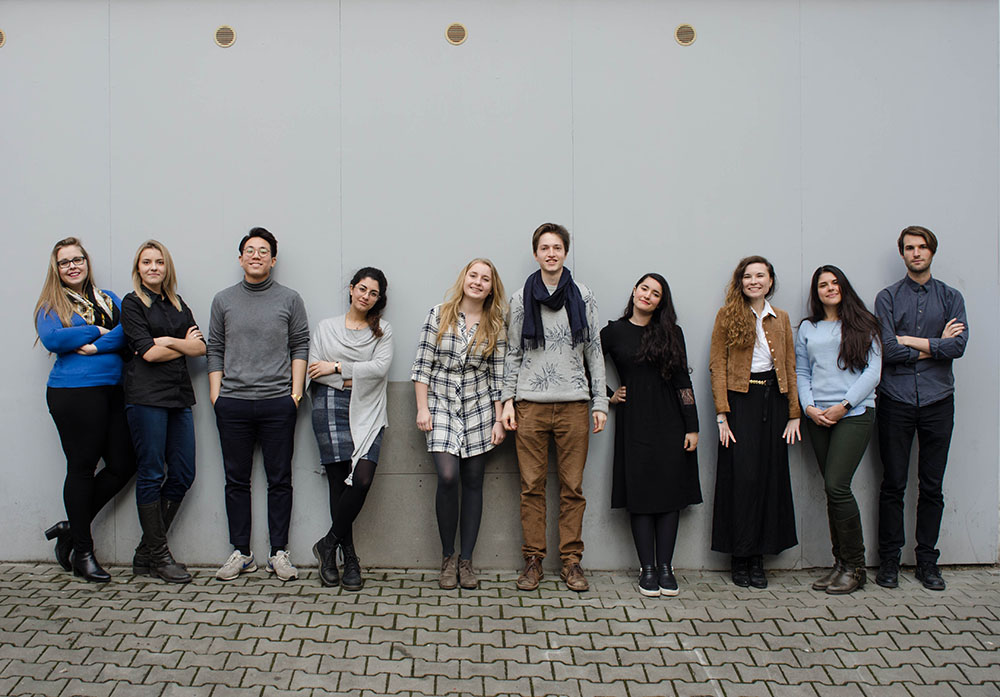
Photo by Design Disco
Are there so far any concrete results from Design Disco that you are particularly proud of?
I must say that it took us a lot longer than we hoped in the beginning. We started off by visiting local high schools in Prague – both Czech and international schools – giving free design workshops and lectures, trying to develop a good relationship with interested students and teachers. Other organizations found us on social media, such as CAS Trips, an organization that provides educational trips for IB students. We recently wrapped up a successful workshop with the students that CAS Trips connected us with, where we designed a lighting installation made with paper cups for the squat settlement to use. Everyone was very pleased with the outcome, and we are excited to see more collaborations like this happening in the future. Our next big goal is to run a 3-week summer program, inviting not just students in Prague but from different countries.
Do you have any direct advice for people who would like to develop their design sensitivity and creativity?
Come to Design Disco! Joking aside, I would encourage people to expose themselves to as many creative people and things; whether it’s checking out a gallery nearby, reading interesting articles online, or befriending a person outside of your typical social circle. That’s why we actually started running a ‘Discover’ blog section on our website: to bring the topic of design to the general public in an easy, understandable way. Creativity oozes out the more you go out to see and experience.
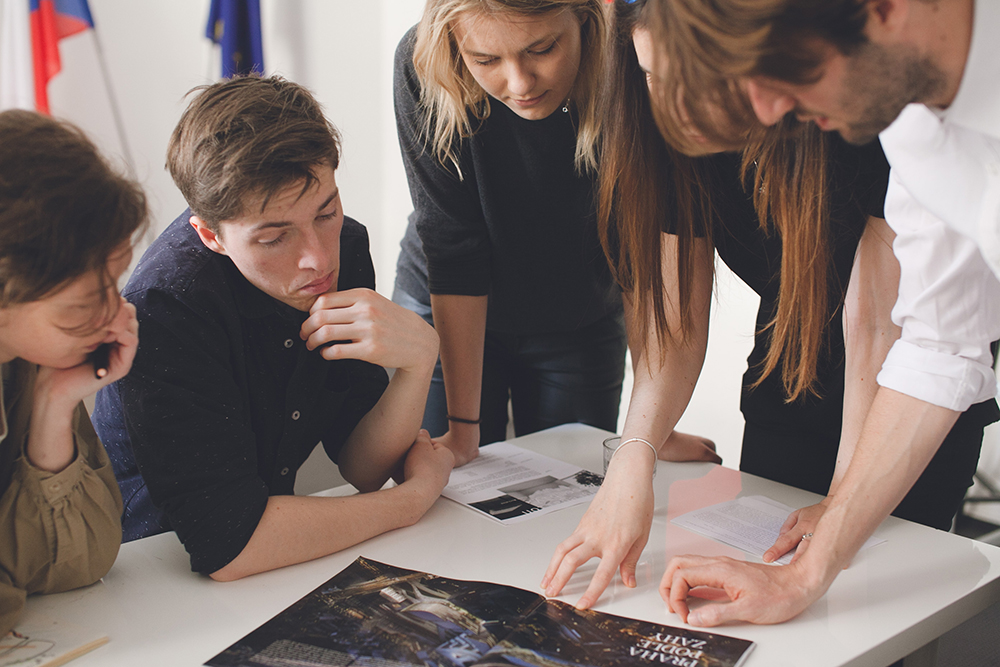
Photo by Design Disco
Support us!
All your donations will be used to pay the magazine’s journalists and to support the ongoing costs of maintaining the site.
Share this post
Interested in co-operating with us?
We are open to co-operation from writers and businesses alike. You can reach us on our email at [email protected]/[email protected] and we will get back to you as quick as we can.









